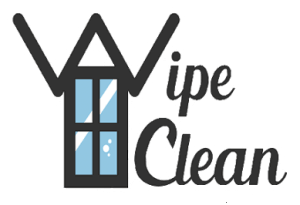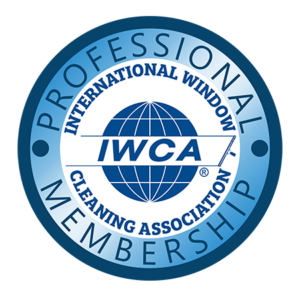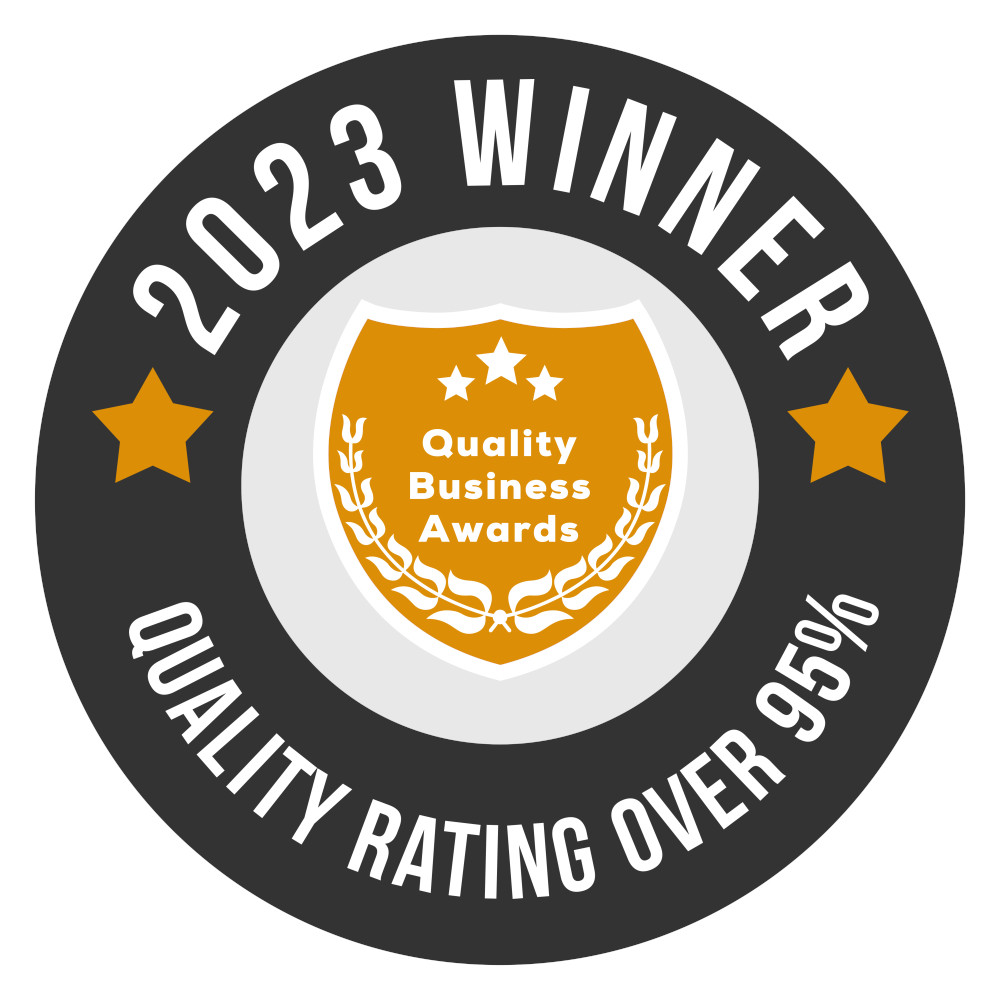High Rise Window Cleaning Specialists
When it comes to high rise buildings, window cleaning can be a bit of a risky endeavor. It’s a task that requires extensive safety training and the right equipment.
The best way to protect yourself from falling off a wobbly platform is to hire a team of high rise window cleaning specialists who are trained and insured. Click Here!
Safety
High rise window cleaning specialists work at heights hundreds of feet in the air. This job can be dangerous and requires a lot of courage to do it safely.
The best way to reduce the risk of a fatal accident is by ensuring that all safety measures are taken. This is especially true if you are working for an established company that takes safety seriously.
For instance, if a worker is using a scaffolding platform to clean windows, they should be wearing a safety harness that keeps them from falling off the platform.
Additionally, window cleaners should be protected from inclement weather conditions such as rain, snow, and lightning. This is because it can make the platforms slippery and increase the chances of a fall or injury.
Fortunately, the number of fatal accidents that occur during high-rise window cleaning has decreased over time. In fact, data shows that only one out of every 200 window cleaners was killed while cleaning skyscrapers between 2010 and 2014.
Experience
Cleaning windows on a skyscraper requires more than just a strong set of arms. It also takes experience, equipment and safety gear.
A professional window team has years of training under their belts and uses a variety of different tools and chemicals to clean windows. Some tools include squeegees, brushes, T-bar wands and sponges.
These professionals also use special ice removal kits and other products to get rid of icicles and frost on windows. They should always use a safety line while working at heights.
Hiring a professional service will help your building look clean and well maintained, and they will ensure that every window is spotless. They can also help you set a realistic schedule and maximize your building’s appearance.
Training
High rise window cleaning specialists use specialized equipment to perform their job safely and efficiently. They must be trained and equipped to use these tools correctly.
In addition, they need to be able to work under the direction of a qualified professional. A contractor is a great option because they are liable for the safety of their employees and can provide them with any OSHA-mandated training they require.
Depending on the height of the building, high rise window cleaning requires either water-fed poles or cradles. Cradles are often the best choice for high-rise windows because they offer a higher reach and flexibility.
They also make it easier to move around the building and clean more windows at once. In addition, they are a safer alternative to water-fed poles because they are less likely to collapse. They are also more affordable, and they do not require workers to climb ladders. A cradle can also carry more supplies, such as water and cleaning solutions.
Equipment
High Rise window cleaning specialists use a variety of tools and equipment to safely clean windows. Some of the equipment they use includes buckets filled with soapy water and squeegees. Other equipment they use includes sponges or T-bar wands to spread the soapy water, and glass scrapers to remove stuck on dirt and debris.
These tools help high-rise window cleaners get the job done quickly and efficiently. They also minimize the number of buckets that need to be filled.
Cradle Window Cleaning
A cradle is a piece of equipment that hooks to the sides or top of the building and allows two or more people to work at once while ensuring safety. This method is often more efficient than ladder or scaffolding systems.
Other equipment high-rise window cleaning specialists use includes a toolbelt to carry and support their tools, a movable platform or bosun’s chair, and a harness or safety belt for climbing down. This allows them to climb down without falling to the ground or getting hurt. See More Information!






